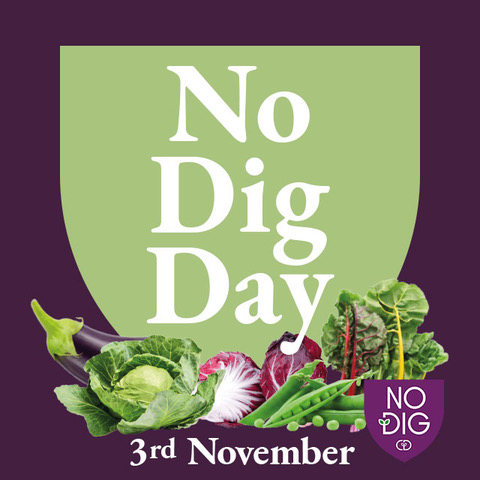Did you know November the 3rd was ‘No Dig Day’?
No-dig gardening is a non-cultivation method used by some organic gardeners. The origins of no-dig gardening are unclear, and may be based on pre-industrial or nineteenth-century farming techniques. Masanobu Fukuoka started his pioneering research work in this domain in 1938, and began publishing in the 1970s his Fukuokan philosophy of “do-nothing farming” or natural farming, which is now acknowledged by some as the tap root of the permaculture movement.[2] Two pioneers of the method in the twentieth century included F. C. King, Head Gardener at Levens Hall, South Westmorland, in the Lake District of England, who wrote the book “Is Digging Necessary?” in 1946 and a gardener from Middlecliffe in the UK, A. Guest, who in 1948 published the book “Gardening Without Digging”. The work of these gardeners was supported by the Good Gardeners Association in the UK.
Lawrence Hills wrote in the 60/70’s while forming the Henry Doubleday Institute (later Garden Organic) and more recently, Charles Dowding as done much to promote the principals – including starting ‘No Dig Day’.
The technique recognizes that micro- and macro-biotic organisms constitute a “food web>” community in the soil, necessary for the healthy cycling of nutrients and prevention of problematic organisms and diseases. The plants transfer a portion of the carbon energy they produce to the soil, and microbes that benefit from this energy in turn convert available organic substances in the soil to the mineral components the plants need to thrive!
A thin layer of (preferably home made) compost on the surface of your beds, helps nature do its work, without heavy labour and additional chemicals.
On No Dig Day (or any weekend), why not look into it or if you are already practicing ‘No Dig’, celebrate that the word is getting around!
With thanks to Wikipedia for the earlier history.
Follow all things environmental for Coddenham on our ‘Coddenham Cares’ home page link.

0 Comments